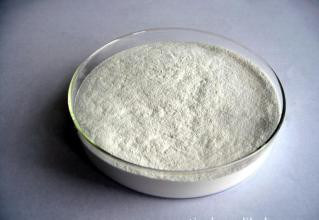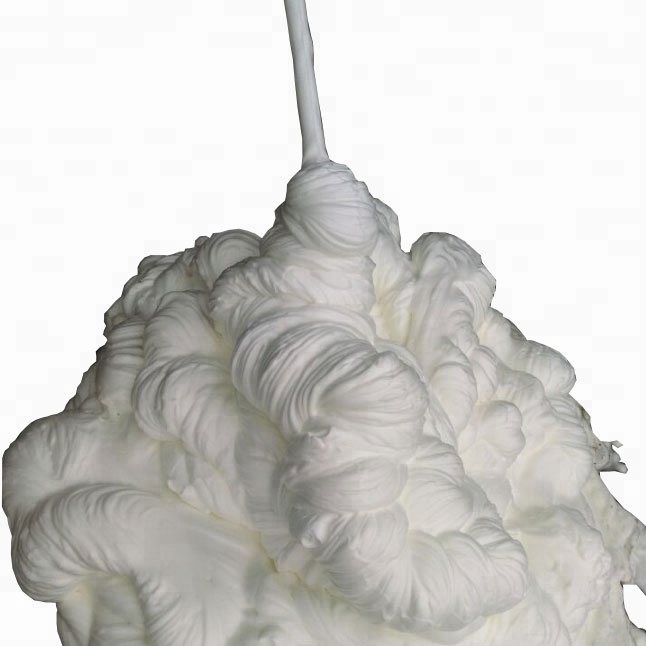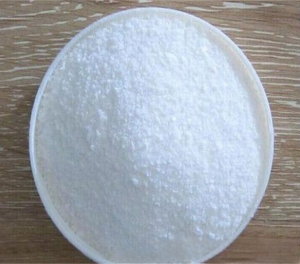Professional solutions on concrete addtives, Concrete Foaming Agent, Superplasticizer, CLC Blocks Additives, and foaming machine
(The specified strength of very high-strength concrete)
What is concrete early strength?
The quality of concrete is judged largely on the strength of that concrete. Equipment and methods are continually being modernized, testing methods are improved, and means of analyzing and interpreting test data are becoming more sophisticated. Before the 2008 edition of the ACI 318 Standard, we relied almost exclusively on the strength of 6-by-12-inch cylinders made on the job site and tested in compression at 28 days of age for evaluation and acceptance of concrete. The use of 4-by-8-inch cylinders for strength evaluation was first addressed in ACI 318-08. See the discussion on strength specimens in Chapter 13, Section 13.5. This may involve drilling cores from the structure or testing with certain nondestructive instruments that measure the hardness of the concrete. Some specifications permit a small amount of noncompliance, provided it is not serious, and may penalize the contractor by deducting from the payments due for the faulty concrete. Statistical methods, now applied to the evaluation of tests as described in Chapter 26, lend a more realistic approach to the analysis of test results, enabling the engineer to recognize the normal variations in strength and to evaluate individual tests in their true perspective as they fit into the entire series of tests on the structure. Strength is necessary when computing a proposed mix for concrete, as the contemplated mix proportions are based on the expected strength-making properties of the constituents.
The specified strength of very high-strength concrete
Very high strengths, understandably, require a very high level of quality control in their production and testing. Also, for economy in materials costs, the specified strength of very high-strength concrete is based on 56- or 90-day tests rather than on traditional 28-day test results. To give some idea of the strengths that might be required, Table 3.1 is included as information only. Remember that the plans and specifications govern. Other properties of the concrete can be significant for concrete exposed to freeze-thaw conditions, sulfate exposure and chloride exposure (effects of chlorides on the corrosion of the reinforcing steel). Strength, however, remains the basis for judgment of the quality of concrete. Although not necessarily dependent on strength, other properties to improve concrete durability are related to strength. Concrete that fails to develop its expected strength must be improved in other respects. Generally, when we speak of the strength of concrete, it is assumed that compressive strength is under consideration. There are, however, other strengths to consider besides compressive, depending on the loading applied to the concrete. Flexure or bending, tension, shear and torsion are applied under certain conditions and must be resisted by the concrete or by steel reinforcement in the concrete. Simple tests available for testing concrete in compression and flexure are used regularly as control tests during construction. An indirect tension test is available in the splitting tensile test, which can easily be applied to cylindrical specimens made on the job. Laboratory procedures can be used for studying shear and torsion applied to concrete.
What is the relationship between the strength indicated by the test cylinders and the strength of the concrete in the structure
Consider the first question. Test specimens are made, cured and tested under certain standard conditions that are usually appreciably different from those existing in the structure. Temperature and curing conditions can be vastly different. The value of the test specimens is that they measure the strength potential and other properties of the concrete; they evaluate the materials and mix under certain standard conditions. If they indicate a low strength, then something is wrong with the materials or proportions. The actual strength of the concrete in the structure can be appreciably different. Besides temperature and curing, other variables are moisture content, size, shape, quality of consolidation, possible presence of defects such as rock pockets, restraint, and combinations of loading in the structure. Because of these unknowns, the structural engineer must consider a factor of safety when the structure is designed. In answer to the second question, the variations in cylinder strengths are only sometimes reflected in the structure. If three specimens are made from one batch of concrete under identical conditions throughout the test, there is no assurance that they will all fail at the same strength. The probability is that they will each break at a different strength. These are normal variations.
The strength of concrete can be determined by any one of four methods
The strength of concrete can be determined by any one of four methods: by molding specimens from the fresh concrete on the job, by testing cores removed from the hardened concrete, by applying specific impact and rebound instruments to the hardened concrete and by sonic and electronic measurements applied to the hardened concrete in place. Specimens molded from fresh concrete are universally used for control and acceptance testing. Tests by other methods are used to check the results of molded specimens, especially in low-strength indications or disputes, and for research involving existing structures. Samples sawed or cored from hardened concrete are generally not required; their use is confined to those cases in which some question or dispute has developed regarding the quality of the concrete as revealed by tests of molded specimens. The number, location, size and type of specimens are determined when sampling becomes necessary. Coring and sawing specimens from hardened concrete are expensive expedients and should be adopted only as a last resort. Both procedures leave scars on the surface of the concrete that are difficult to eradicate, a condition that must be considered if the concrete is exposed to view. The possibility of structural damage, especially damage to reinforcement, cannot be ignored. If an approximation of the strength suffices, one of the following described instruments can be used.
Concrete early strength supplier
If you are looking for high-quality concrete early strength, please feel free to contact us and send an inquiry. (sales@cabr-concrete.com). We accept payment via Credit Card, T/T, West Union, and Paypal. TRUNNANO will ship the goods to customers overseas through FedEx, DHL, by air, or by sea.
(The specified strength of very high-strength concrete)








